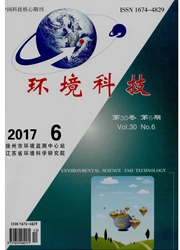

 中文摘要:
中文摘要:
利用上海市普陀、南汇、淀山湖3个臭氧观测站2005年的臭氧小时观测资料,首先对市区和郊区的大气臭氧浓度的污染特征和变化情况进行了分析,结果表明,上海市郊区的臭氧浓度和污染水平高于市区,且臭氧浓度日变化在市区呈现明显的双峰现象,而郊区则是单峰型变化规律。然后运用基于统计学理论的最小二乘支持向量机(LSSVM)方法对3个站的日(24h)平均和白日(12h)平均以及日最大值臭氧浓度进行预测,得到较好的预报效果。
 英文摘要:
英文摘要:
Based on the observations of surface ozone concentratioti at Putuo, Nanhui and Dianshanhu sites of Shanghai in the year 2005, the pollution characterization and variation of ozone in the area between urban and suburb were firstly analyzed. The results showed that the ozone concentration and pollution characterization in urban was higher than that in suburb, and the daily variation of ozone concentration presented a double-peak pattern in urban but mono-peak pattern in suburb. Then applying Least Squares Support Vector Machines (LSSVM) which was based on the Statistical Learning Theory, the prediction of 24-h daily and 12-h daytime mean ozone concentration as well as the prediction of hourly maximum ozone concentration were carried out. The prediction results were satisfactory.
 同期刊论文项目
同期刊论文项目
 同项目期刊论文
同项目期刊论文
 期刊信息
期刊信息
